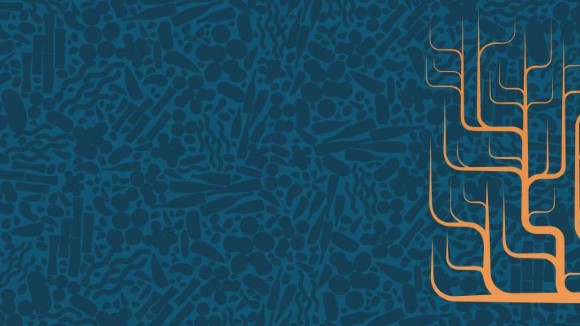To celebrate the 40th anniversary of the Archaea, Nature Microbiology interviewed prominent archaeal scientists to ask them about how they got involved in archaeal research, discuss the biggest advances in the field during the past four decades, and highlight where the field is headed:
George Fox (University of Houston, US)
Sonja-Verena Albers (University of Freiburg, Germany)
Thijs Ettema (Uppsala University, Sweden)
Patrick Forterre (Institut Pasteur, France)
Roger Garrett (University of Copenhagen, Denmark)
Simonetta Gribaldo (Institut Pasteur, France)
Dina Grohmann (Universitat Regensburg, Germany)
Anna-Louise Reysenbach (Portland State University, United States)
Filipa Sousa (University of Vienna, Austria)
Karl Stetter (Universitat Regensburg, Germany)
Tanja Woyke (Department of Energy Joint Genome Institute, United States)

